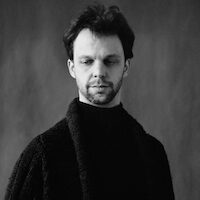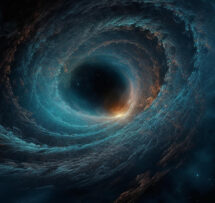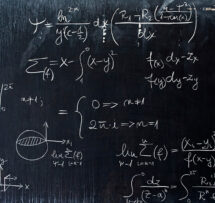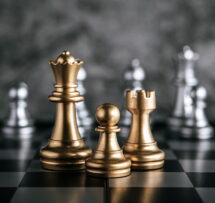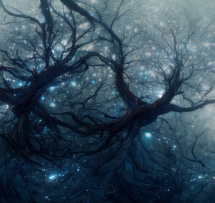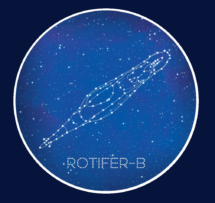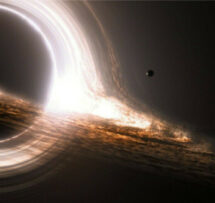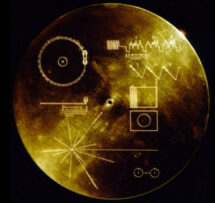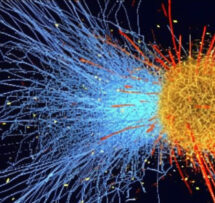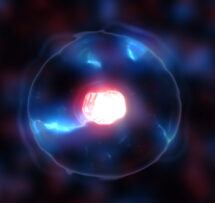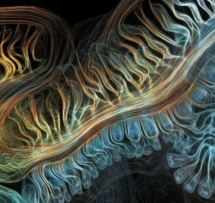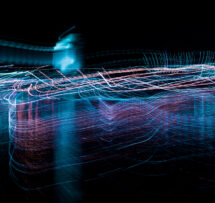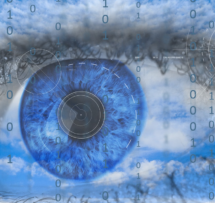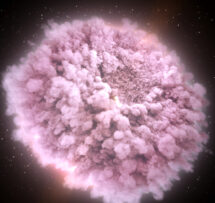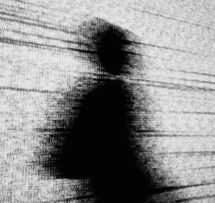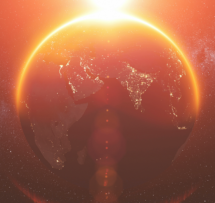String Theory and the End of Space and Time

In the framework of the largest string theory conference in the world, Strings 2019, Science and Cocktails is organizing a special event at Flagey. We'll be sipping cocktails in the art-deco building with string theorist and science superstar Robbert Dijkgraaf as he'll tell us all about the fundamental laws of Nature. Afterwards, cellist and composer Benjamin Glorieux will perform a musical piece together with invited guests especially commissioned for the occasion, while live-video artist Klaas Verpoest will accompany them with his visual magic.
For decades, since the discovery of quantum mechanics and Einstein’s theory of relativity, scientists have been trying to combine the two perspectives of the world into one single unified theory. These two theories describe most of reality, ranging from the largest structures in the Universe to the smallest particles. Yet, when these two theories meet there are serious limitations to our understanding, such as what space and time are made of, the inside of a black hole or the Big Bang.
One of the results of these decades of constant search is string theory: where the strangeness of quantum reality and the weirdness of relativity theory come together and create something even more puzzling - a world with extra dimensions. String theory says that there is only one fundamental object in the universe: the string. Much like the strings in a guitar give rise to different sounds when you pluck them, the strings of string theory give rise to the different constituents of the observed reality when you make them vibrate at different energies. Is everything in the world made of strings? If so, what is a black hole?
String theory in its many incarnations provides a theoretical framework to answer some of the deepest questions, often with surprising results. At the same time, it raises some disturbing new questions, making painfully clear how little we understand of our Universe. And it couldn’t be better than having one the most amazing string theorists in the whole wide world to explain this to you!
We’re also very excited about the musical/visual dimension of the evening!
Cellist Benjamin Glorieux and visual artist Klaas Verpoest have created a performance especially for the occasion. Inspired by ‘strings’ in all its varieties, they enthusiastically agreed.
Insisting on finding as many strings as possible they promptly invited 2 pianists, Anthony Romaniuk and Rembrandt Frerichs-with-his-trio - that makes more or less 464 strings - and 5 fellow cellists, that’s 24 strings. Electronica-wizzard Jo Thielemans won’t bring any string, but he brings other stuff!
The musical output will be multifaceted like a diamond’s surface, even if the orgulous music of JS Bach will always be nearby... But it will all sound absolutely new, as if covered with stardust from those more or less 500 strings and thanks to the creativity of the players and the extraterrestrial acoustics of Studio 4!
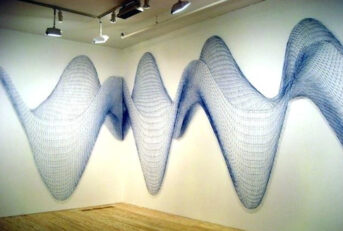
Robbert Dijkgraaf
String Theory and the End of Space and Time
What is string theory? What happens to stuff that falls inside a black hole? What are the fundamental building blocks of space and time? Did Nature have any choice in picking the fundamental laws of physics? What is the role of mathematics in physics?
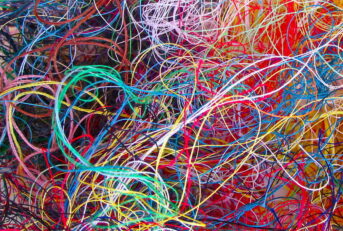
Benjamin Glorieux and Klaas Verpoest
Cellist and composer Benjamin Glorieux performed a musical piece together with invited guests especially commissioned for the occasion, while live-video artist Klaas Verpoest accompanied them with his visual magic. All of this inspired by strings in their many incarnations.
Talk by
Robbert Dijkgraaf
Robbert Dijkgraaf, Director of the Institute for Advanced Study and Leon Levy Professor since July 2012, is a mathematical physicist who has made significant contributions to string theory and the advancement of science education. His research focuses on the interface between mathematics and particle physics. In addition to finding surprising and deep connections between matrix models, topological string theory, and supersymmetric quantum field theory, Dijkgraaf has developed precise formulas for the counting of bound states that explain the entropy of certain black holes. For his contributions to science, Dijkgraaf was awarded the Spinoza Prize, the highest scientific award in the Netherlands, in 2003. He was named a Knight of the Order of the Netherlands Lion in 2012 and is a member of the American Academy of Arts and Sciences and the American Philosophical Society.

Concert by
Benjamin Glorieux and guests
Benjamin Glorieux (Website) is a cellist, composer and conductor. Especially for tonight he is composing and conducting a string-inspired performance together with Anthony Romaniuk (piano), Jo Thielemans (electronics) and the Rembrandt Frerichs Trio. If all that was not enough, live-video artist Klaas Verpoest (Website) will provide the visuals for the show. We are very excited and curious to see what will come out of this wonderful collaboration. A unique performance made exclusively for Science and Cocktails!
